Industrial Training Institutes are now attracting 90 percenters; here’s why that’s a good thing
By Prof. Kausik Gangopadhyay & Karthi Sivaraman
Courtesy: Firstpost (http://www.firstpost.com/india/industrial-training-institutes-are-now-attracting-90-percenters-heres-why-thats-a-good-thing-3589717.html)
Industrial Training Institutes (ITIs) are fast becoming preferred destinations for many 90-percenters in the tenth standard board examination, as per a report in Times of India. A decade ago, it would have constituted an insult to even remotely suggest to someone scoring 90 percent or beyond to join an ITI – previously deemed fit only for those unable to cope with the regular school curriculum. This gravitation of high-performing students towards post-secondary schools in India is simply striking.
Why is this observation striking? Because the drift towards ITIs documents a crisis in the theory-induced modern education system. And, this is not an isolated phenomenon either. In the same vein, technology giant HCL had recently announced a transformative scheme to hire high school graduates on a monthly stipend.
The science education in Indian schools is often regarded as insipid for the inquisitive. That “imagination is more important than knowledge” (Albert Einstein) is something the science curriculum in Indian schools simply cannot comprehend.
A student in India does not view gravity as a theory to reconcile with reality – from the superb imagination of Isaac Newton – but rather learns it as an object of knowledge. It is ironic that exploration of the unexplored, which is actually the idea of science, is rather discouraged in the Indian science curriculum, that presents existing theories as established truth.

Representational image. PTI
This situation is unfortunate – all the more so because globally it is no different. Robert Sternberg, the distinguished psychologist from Cornell University, believes that the United States’ education system is producing “smart fools” as a consequence of its focus on “narrow academic skills”.
The overt focus on these skills in curriculum and examinations makes people good at handling smartphones and computers. It is no coincidence then that the average intelligence quotient (IQ) rose 30 points over the twentieth century globally – today’s average person is yesterday’s genius in IQ terms.
However, these ‘smart’ people are more often than not ‘fools’ in their approach to solving real-life problems. The world is clearly not becoming a better place with such an education system in place – failures in collective decision-making, like in mitigating climate change or curbing violence, validate the claim.
“The western constructs are based on theory-building as opposed to empirics-based constructs in Asian societies like India and China,” SN Balagangadhara, a professor at Ghent University, Belgium, argued in his phenomenal book The Heathen in His Blindness (1994).
The western “theory-induced” education can be imparted quite efficiently to the masses but comes with the baggage of cultivation of shallowness (the phenomenon of “smart fools” often produced by engineering and management institutes of India) and inefficiency regarding its application.
The cultural constructs of the Indian society are more suited to an “empirics-based” approach. Even though academics may remain insensitive to this alternative approach of education, the social environment clearly favours it. Consequently, the job scenario would, potentially, reward an empirics-founded education and would, naturally, induce a course correction to our educational preference – as is happening now.
To facilitate the empirics-founded cultivation of education, the school boards should change their approach to science curriculum: Start with the formation of a hypothesis, and why it is important to have a logically sound one; use Indian epistemological methods (Pratyaksha, Anumana, Upamana, Arthapatti, Anupalabdhi, Abhava, and finally Shabda) to develop a hypothesis; teach them purva-paksha (the importance of knowing prior art); teach them the economics of science; let them experiment to find out the why and the how, rather than the what and the when.
Experimentation must be focussed upon, rather than mere theory. Children, by the sixth grade, must learn about experimental errors: by introducing simple experiments like timing pendulums; indulging them in creative experiments that encourage discovery; handing out kits that allow creativity in terms of results.
Here are a few examples of how this can be done: Explain the difference between a catapult and a trebuchet, after having them build both; ask them to build paper dams from scrap; include workshops like on how to fix a bicycle; teach them how to draw a map from the measurement of the distance between different pairs of points; show them how to build a simple water circulation system or make a primitive lever based calculator.
Let us make education a living entity rather than a certificate of time spent in schools and colleges.
Kausik Gangopadhyay is an associate professor at Indian Institute of Management Kozhikode and Karthi Sivaraman is a Genomics Scientist, educator and inventor.
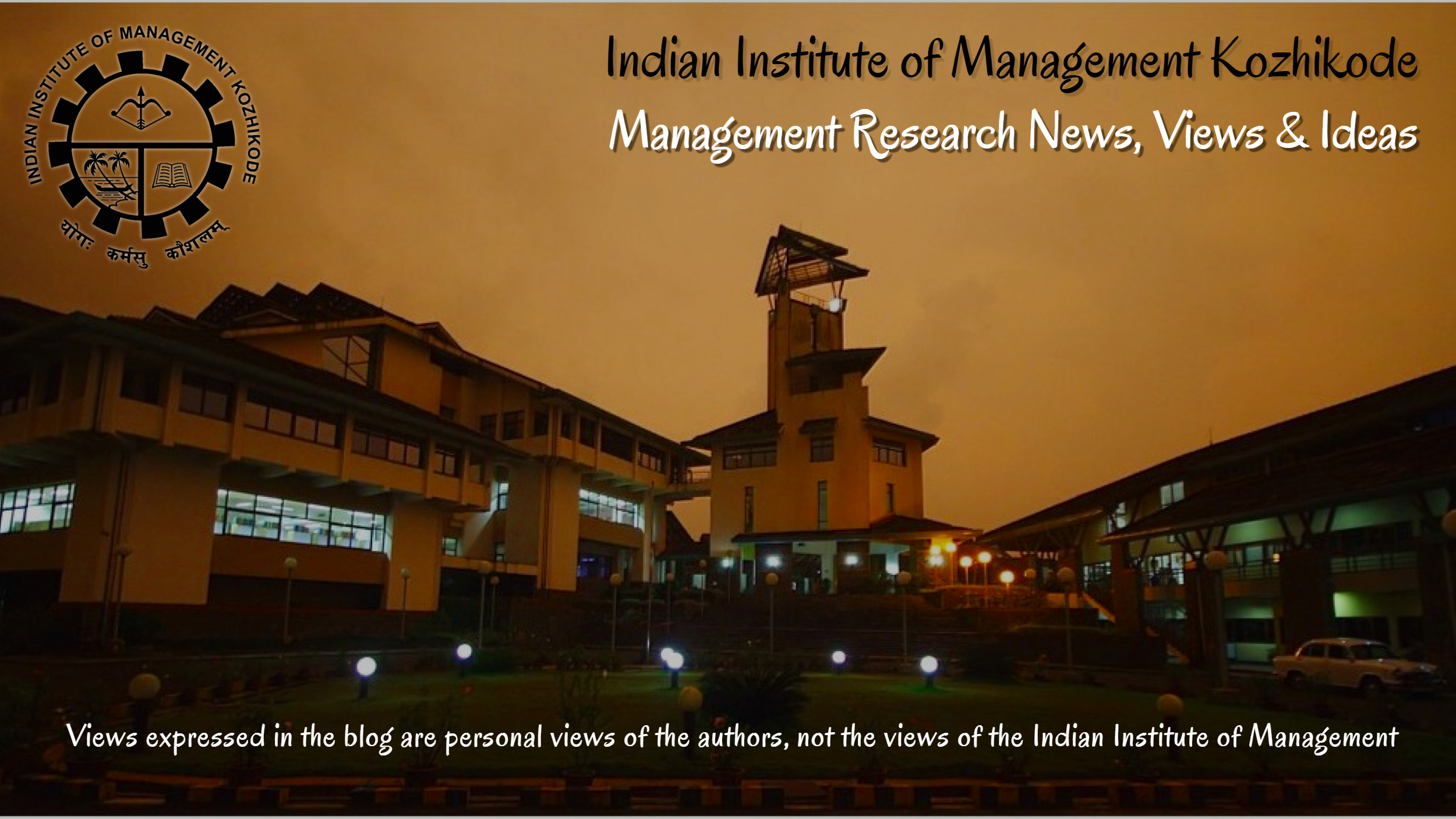

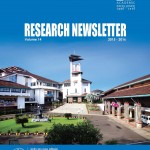
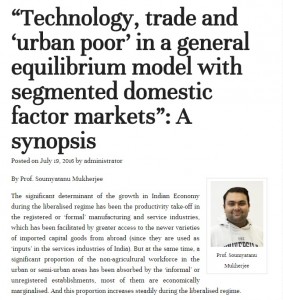
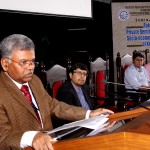

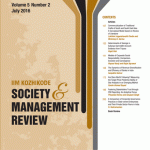
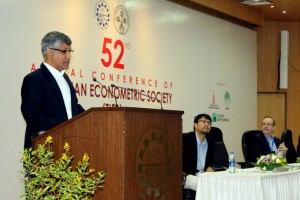
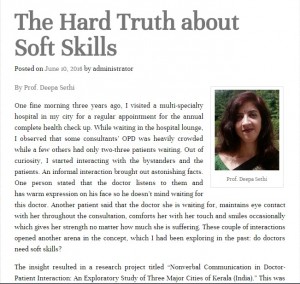
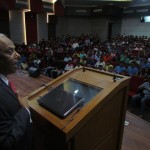






 Users Today : 259
Users Today : 259 Users Yesterday : 468
Users Yesterday : 468 This Month : 2612
This Month : 2612 This Year : 121219
This Year : 121219 Total Users : 545207
Total Users : 545207 Who's Online : 1
Who's Online : 1